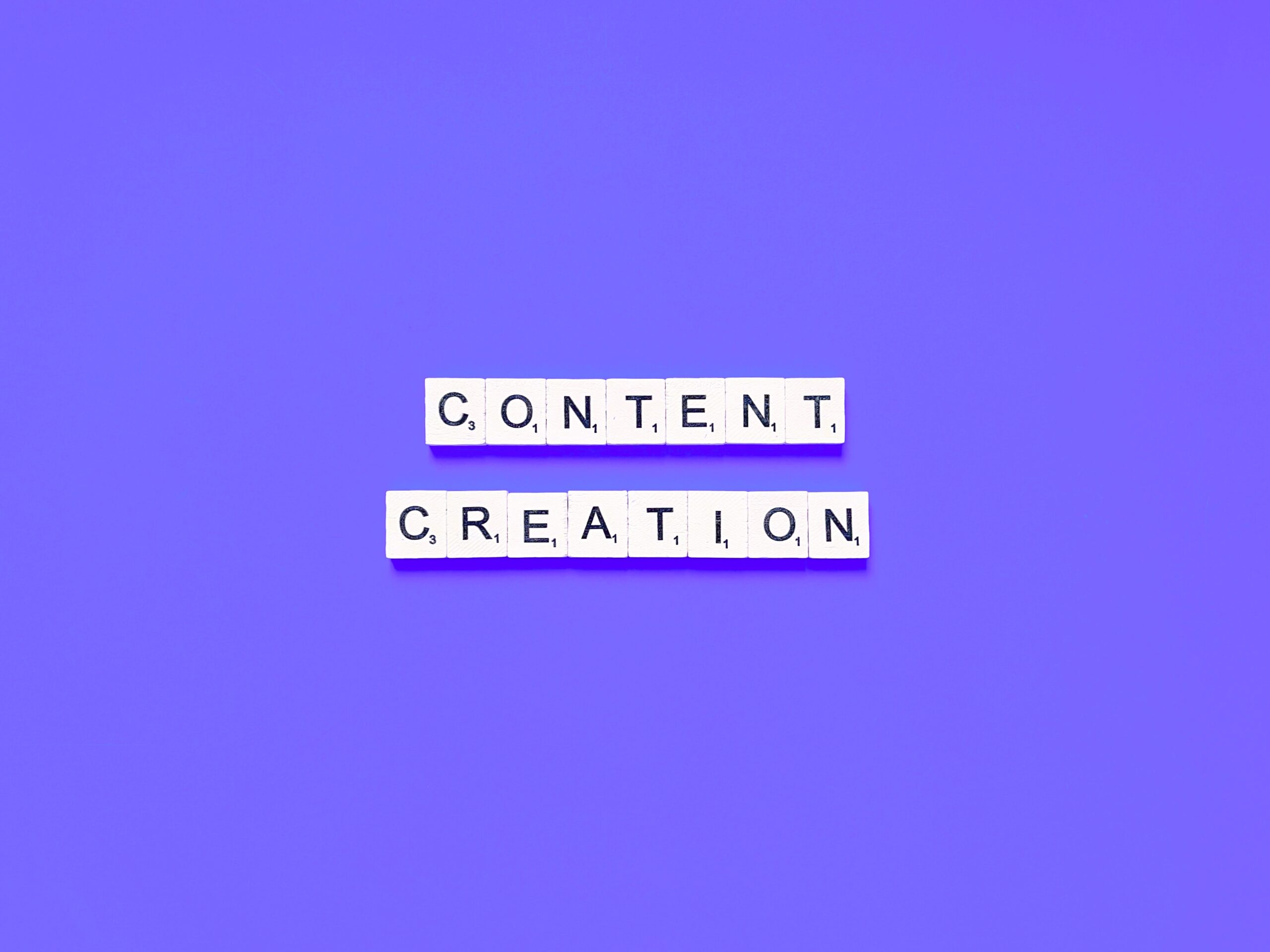Maybe you built it yourself or hired someone to do it for the price of a Happy Meal. Hey, we get it! Budgets are tight, and you had to give it a shot. It could have worked out well. Believe it or not, occasionally, it does. But in your case, it’s been a few months, and your website isn’t producing any results.
Don’t feel duped. It happens to the best of us, and you can turn things around.
To help get your website firing on all cylinders, today, we’re breaking down seven reasons your website may not be resonating with potential customers.
Seven Reasons Your Website May Not Be Resonating With Potential Customers
Why is your website underperforming? It could be a variety of things, and a professional digital marketer could give you a detailed analysis of your exact situation. But generally speaking, there are seven main reasons why websites fall short.
1. It’s Too Slow

People are impatient. Actually, let’s rephrase that. People are INSANELY impatient!
According to a study published in the Journal of Behavior & Information Technology, people form an opinion about a website within half a second of clicking on it. Moreover, one in four visitors clicks away from websites that don’t load within four seconds!
Google even incorporated load times into its search algorithm. In other words, the bots that decide which websites appear at the top of query results factor how long a website takes to load. If it’s more than four seconds, Google may punish your platform by pushing it down on the list.
Bottom Line: Sluggish websites are a huge turn-off to people and bots. Folks click away when confronted with a slow-moving site, and search bots send bloated platforms to the back of the SERP line.
2. Nobody Can Find It
Millions of gorgeous, well-coded, quick-loading websites…collect dust in the Internet’s shadow regions — beyond page 10 of the SERPs — where human eyeballs rarely lurk.
How do they land there? A lack of effective digital marketing and SEO is usually to blame.
In days of old, it was possible to throw up a static website and watch the inquiries roll in. But these days, our lives are inextricably entangled with the Internet; competition has increased; “build it, and they will come” is no longer valid advice in the world of digital marketing.
In addition to building, you must also maintain the grounds and constantly plant new grass in the form of quality content. Failure to do so could render your website useless as nobody will be able to find it!
Bottom Line: Building a great website is only the first step. You must also leverage it as an SEO platform to make it effective.
3. It’s Too Busy, Beepy, and Bloopy

People don’t appreciate getting pestered and yelled at by other folks — and we don’t tolerate similar behavior from websites.
Are users assaulted with an auto-play video when they land on your site? Does loud music blare from their speakers the moment they hit your homepage? Are there lots of flashing bits and booping bots? All of these things are bad and should be removed immediately. They were the height of Internet fashion 20 years ago but have no place on the modern Web. And people hate them with the fire of 10,000 suns.
Bottom Line: When it comes to website design, simple and elegant always trumps busy, beepy, and bloopy. Leave the bells and whistles on the cutting room floor.
4. The Content Is Terrible
Design is important. Functionality is important — and so is content. One might even argue that content takes the cake. After all, it’s the mana on which search bots feed to determine where your website lands in the SERPs. Moreover, people rely on content to determine what your products or services are all about.
Now, please don’t read us wrong. We’re not saying that every piece you publish needs to be Pulitzer-quality writing. But it shouldn’t sound like a drunk robot drafted it. And yes, in each life, a little incorrect grammar must fall — but avoiding blatant mistakes should also be a top priority.
Statistics prove that people nearly unanimously reject unprofessional, unhelpful content. Subconsciously, they see it as a poor reflection on the business that posts it. So if you want to increase conversions, invest in quality content. It will pay dividends.
Bottom Line: People and search engine bots are turned off by terrible content — so don’t skimp on it! Doing so is the same as throwing good money after bad.
5. It’s Not Mobile Friendly

If your website still doesn’t size down for smartphones — or up for oversized screens — run, don’t walk, to get an upgrade. Unresponsive platforms are officially persona non grata in the world of digital marketing. Not only do search engine bots punish them harshly, but humans hate them too and will click away within milliseconds.
Bottom Line: At this point, all websites must be mobile-friendly. Search engines heavily penalize ones that aren’t. Plus, people can’t stand them.
6. It Doesn’t Speak to the Right Crowd
Your website may be great-looking and highly functional. Heck, it may even have the highest quality content that money can buy. But if it doesn’t speak to your target audience, it’s practically worthless. Or, to put it another way, what works for city-dwelling vegans looks different from what excites a rural cattle rancher.
It’s also important not to implement your preferences. Instead, think long and hard about what resonates with potential customers and clients. Professional marketers have the tools to assess which demographics are most likely to use your product or services. Often, when people without any marketing experience try to figure it out themselves, there’s a lot of guesswork and assumptions involved.
Moreover, don’t make the mistake of trying to please and appeal to everyone, everywhere. It never works. If you want to target several demographics, that’s fine. Making different landing pages for each is something to consider in those cases. But generally speaking, the golden marketing rule applies: you can’t please everyone all of the time.
Bottom Line: Do the research to determine which demographics best fit your business. Then create content that speaks to their needs and wants.
7. It’s Ugly
Sure, everyone has different tastes in color schemes and graphic art. But there are a few universal design traits that resonate with humans on subconscious levels. For example, we’re naturally drawn to symmetry — and our brains subconsciously notice when something isn’t aligned correctly. We may not be able to pinpoint the exact issue, but we’ll feel like something is off.
Conflicting color combinations are also jarring. Instead, stick to complementary color stories. If you don’t have an eye for that, take advantage of free resources like colourlovers.com.
Also, be conscious of demographic preferences. To wit, a website for backyard grilles probably shouldn’t use pastel hues as its primary color scheme — unless, of course, it’s a grille deliberately being marketed to wellness enthusiasts who spend more than $500 a month on life coaches, massages, and acupuncture. And even then, it’s a questionable choice!
Bottom Line: Sure, everyone has different tastes. But there are certain universal design principles to always heed.
Further Reading
Are you interested in reading more about website development, design, SEO, and content creation? If so, you’re in luck. Check out these other posts and guides from our digital marketing blog.
Website Design and Development Advice and Tips
This set of articles will help you better understand what constitutes good website design and development.
- Ten Money-Crushing Reasons To Avoid Cheap Websites: Click through for more reasons why choosing a cheap website will only cost you in the long run.
- WordPress Rescue: Design Fixes That Make a World of Difference: WordPress is one of the best programming and publishing platforms on the market. This article explores some common WordPress design fixes that can elevate a website from weak to WOW!
- Five Things To Immediately Remove From Your WordPress Website: Just because something exists and seems “cool” doesn’t mean you need to put it on your website. Click through to learn what to remove ASAP.
- What Is UX and Why Should You Care About It: If you don’t know what UX is and why it’s one of the most important things to consider on a website, then this post was written for you.
- Seven Clean and Modern Websites: Want our opinion of what a clean and modern website should look like? This post has the answer. Although, it is from 2019. Maybe it’s time for an update? Watch this space.
Search Engine Optimization Advice and Tips
Don’t believe anyone who says search engine optimization is dead. In fact, it’s more vital than ever. What’s different is that you cannot use the same manipulative tricks that once worked wonders. These days, it’s all about quality.
- SEO Past and Present: A Complete History of Digital Marketing: We love to explore the history of marketing topics. In this post, we chronicle the history of online promotions from the invention of the Internet through today and how changes have affected SEO.
- Five SEO Pitfalls That Could Sink Your Site: The art of search engine optimization has changed dramatically over the years. What worked ten years ago could now get your site banned from indexes. Read this piece to learn about five SEO pitfalls that could hurt your digital marketing efforts.
- The 5 Biggest SEO Myths: The above article outlines some SEO pitfalls; this one covers myths. Click through to uncover what’s true and what’s not about search engine optimization.
- What Is Off-Site SEO? and What Is On-Site SEO?: There are two main types of SEO work: off-site and on-site. This pair of articles dives deep into the intricacies and techniques involved with both.
- SEO vs. PPC Advertising: What’s the better investment: SEO or PPC advertising? This post will help you determine the right answer for your situation.
Content Creation Advice and Tips

Quality content is king! Gone are the days when throwing up any old shlock would trick search bots. Like our phones, today’s algorithms are smart — and they punish websites that clog up the pipelines. Writing engaging and helpful posts, guides, and landing pages is hard work that involves grammar, scheduling, copywriting, and SEO knowledge. For some useful tutorials, check out the posts below. Or you could give us a ring to discuss our content writing services.
- 7 Tips for Developing a Profitable Content Marketing Plan in 2022: If you want to be competitive in your niche, creating quality content is of paramount importance. Here are some tips on getting started.
- Five Things To Include in Every Blog Post: To ensure your posts are effective, you should include five things in every one. This article walks you through the process.
- How Many Blog Posts Should I Publish Per Month?: Is one blog article a month enough? Does posting every day give you an advantage over your competitors? Click through to learn more.
- What Are Keywords and How Do I Use Them?: You’ve probably heard of keywords, but do you know all the ins and outs of leveraging them?
- What Is Pillar Content and Why Is It Important?: Pillar content helps frame a website. This article explains what it is and how it helps attract clients, customers, or patients.
Website Design and Development FAQ
Here are some answers to commonly asked questions about website design and development.
How much does it cost to get a good website designed and developed?
When starting a business, many people believe they can get a top-of-the-line website for under $5,000. And sure, many firms will give you a website for that amount. But you’re taking a chance.
“You get what you pay for” very much applies in the website design and development world. If you’re serious about your startup, expect to pay between $20,000 and $30,000 for a digital marketing package that includes marketing and content services.
What questions should I ask website developers before hiring them?
Get examples of their past work. Moreover, do your due diligence. Are they trying to pass off someone else’s websites as their own? Additionally, make sure your agreement covers updates, security, hosting, and timelines.
What are the three most important things to implement when designing a website?
How a website works and looks is largely dependent on your industry, product, or service. However, every single website should have:
- Calls to action and contact pages
- A responsive layout, so it works on smartphones and oversized screens alike
- A clean, easy-to-navigate design
What was the first website ever made?
The first website was created by the Conseil Européen pour la Recherche Nucléaire — aka CERN. The URL is http://info.cern.ch/hypertext/WWW/TheProject.html, and it’s still operational today. The Global Network Navigator, which launched in 1993, was the first commercial website with clickable ads.
What is the difference between website designing and development?
Website design refers to how a website looks. Website development refers to the programming, coding, and other work involved in building and launching a digital platform.
Professionally Designed and Developed Websites Produce Better Results
Opting to enlist a digital marketing team is the edge you need to get ahead in today’s saturated market.
There’s an art to online promotions, and we’ve been practitioners for over 15 years. If you’re ready to ignite your profits, let’s talk. Feel free to reach out via our hubspot, by phone at (720) 507-7360, or shoot us an email. We look forward to speaking with you about your business and digital marketing needs.
